8 Creative Commons Licensing In-Depth
Learning Objectives
This chapter will support learners in being able to:
- Identify the differences between the six currently available Creative Commons licenses
- Identify the conditions including attributions when using open licensed material
- Recognize how different license permissions impact remixing compatibility
- Use tools to guide you in choosing the appropriate license for your own work
- Use tools for creating attribution statements in your work
CCBY CCBYSA CCBYNC CCBYNCSA
CCBYND CCBYNCND
No, that wasn’t a typo! The acronyms above are representative of the six different Creative Commons (CC) licenses. In Chapter 3 you were introduced to open licenses and how they differ from all rights reserved copyright. In this module, you will learn about the different conditions and permissions of these licenses.
This short slide show presentation provides the nuts and bolts of creative commons licenses and their conditions. Review the presentation first, including the embedded video. Then, come back to this chapter and continue learning.
Six Licenses
There are six different Creative Commons (CC) licenses that are useful combinations of conditions, all including the primary condition of Attribution. Understanding the meaning of each condition can be useful when deciding which CC license to use on your own work. As discussed in Module 4 (Finding and Evaluating OER), understanding the meaning of the conditions can also be useful in evaluating an open resource.
Four Creative Commons Conditions
 |
Attribution (BY) The Attribution (BY) condition is fundamental to all CC licenses. What many creators care about most is receiving credit for their creative work. When reusing CC-licensed work, proper attribution must be given to the original creator — and to other contributors on the work, if any. The CC BY license is the most open of the licenses and allows for the most re-use. |
 |
Share-Alike (SA) The Share-Alike condition adds a requirement for anyone reusing your work to also license their own creation (based on your work) under the same license. Both the CC BY-SA and CC BY-NC-SA licenses include this condition, effectively making them ‘copyleft’ or ‘viral’ licenses. While this condition effectively “locks open” the content, remixing SA content with non-SA or other-SA licensed work may not be straightforward or allowed at all. |
 |
Non-Commercial (NC) The Non-Commercial condition allows for reuse and sharing but reserves commercial rights for the creator. The meaning of the NC condition itself and its ability to prevent commercial reuse is not always clear, but the license condition does clearly indicate that commercial reuse rights are not being granted.
|
 |
No-Derivatives (ND) The No-Derivatives condition allows sharing and reuse but only if the content is left unchanged. This presents an issue when searching for OER, as no customization or adaptation is allowed by the license. For this reason, ND content is not considered OER and should be considered for reuse only in situations where no adaptations are needed. |
GIVING CREDIT WHERE CREDIT IS DUE
All six of the Creative Commons licenses include the BY or attribution condition. This is a requirement of reuse. The original creator has explicitly informed the user of this requirement through the use of the BY condition. As you learned in the slide show presentation earlier in this module, citations and attributions are similar but different. Providing attribution is the legal requirement of the open license. While some tools, like CC Search, include the attribution in the resource, there are other tools available to help users easily create attribution statements for work they reuse, remix, or modify.
-
Attribution Builder – created by Open Washington, this tool, similar to a citation generator, builds attribution statements that can be copied and pasted into documents and websites. Note: all the attribution statements for these modules were created using this tool.
-
CC Attribute – ify – is a Google Add-on tool. It is easy to install as an Add-on for your docs. Attribution statements can be created within the document as you go, similar to how MS Word has a citation builder in their toolbar.
When creating attribution statements a good rule of thumb is to remember the acronym TASL:
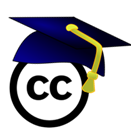
-
-
-
-
-
-
-
-
-
Title of the work
-
Author (creator) of the work
-
Source (link) or where the work can be found
-
License of the work
-
-
-
-
-
-
-
-
For a variety of examples, take a look at the Attributions List at the bottom of each module.
COMBINING THE CONDITIONS
The BY (attribution) condition is a part of all the licenses, but not all of them work together. For example, the SA and ND conditions do not appear in the same license because there is no reason to include the share-alike condition when no derivatives are being allowed. Together, the conditions form the six CC licenses:

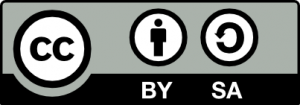

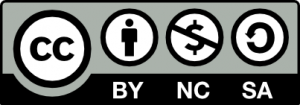
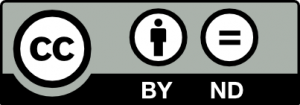
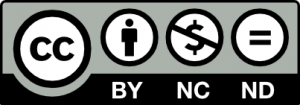
As you find different types of OER to use in your courses, you may find the need to remix and modify the content. Understanding how the different licenses can or cannot be combined is a critical step in reusing openly licensed material. The license compatibility chart below is a great resource in determining which licenses work together.
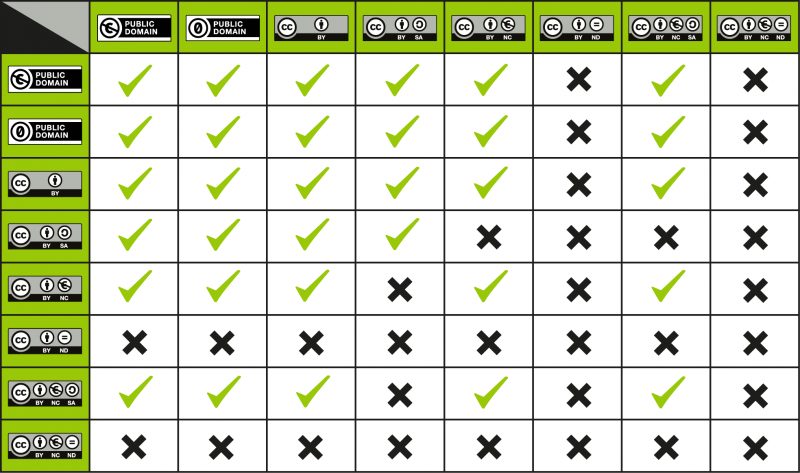
CHOOSING A LICENSE FOR YOUR WORK
Remember, when sharing your work, selecting and displaying a license with it ensures the work can be adopted and adapted how you want! If you don’t select a license, all published material may be assumed to be all rights reserved even if you intended it to be openly licensed.
When creating work to share, carefully consider how you want your work to be used when choosing which open license to apply. As the original creator of your work, you have choices.
-
Do you want to allow derivatives?
-
Do you want to allow for commercial purposes?
-
Do you want the same license to be applied on derivatives?
-
If this work was made using openly licensed material, is there a copyright provision you must abide?
Creative Commons designed the licenses to provide more options to the creator than all-rights reserved copyright. The CC License chooser is a simple tool designed to help creators decide which license is best for their work. Remember, when remixing content to create something new, if any of your adapted content includes the SA (share alike) condition – you must apply the SA condition to your newly remixed finished work.
Visit the CC license chooser. With two questions, the tool will prompt you to select conditions for sharing your work. A license icon, statement, and code — similar to those listed below in the attributions — to embed is generated for you to easily copy and paste into your work.
Attributions
Information for this module was consulted and adapted from
“Best Practices for Attribution” by Creative Commons is licensed under CC BY 4.0
“Creative Commons Licensing: Nuts & Bolts” by Carrie Gits is licensed under CC BY 4.0
“CC License Compatibility Chart” by Creative Commons is licensed under CC BY 4.0
“CC License Conditions” by William Meinke is licensed under CC BY 4.0
“Putting a CC License on Your Work” by William Meinke is licensed under CC BY 4.0
“TASL” derivative work by Jack O’Grady, is licensed under CC BY 4.0 , based on TASL, created using Creative Commons logo, fixed by Quibik, public domain, retrieved from , and Graduation cap, public domain.

